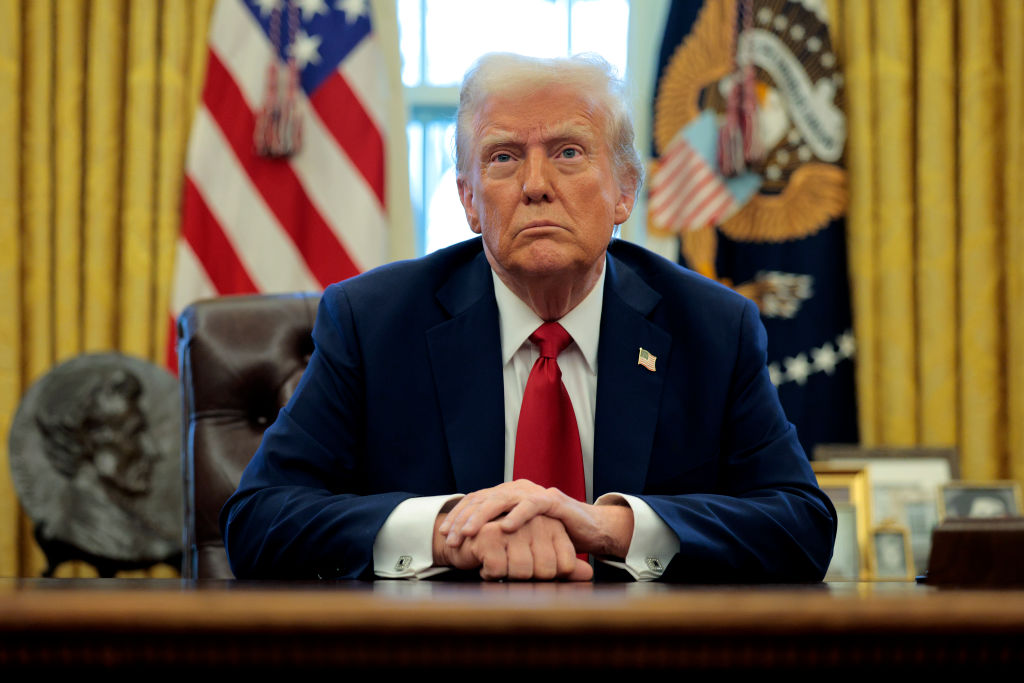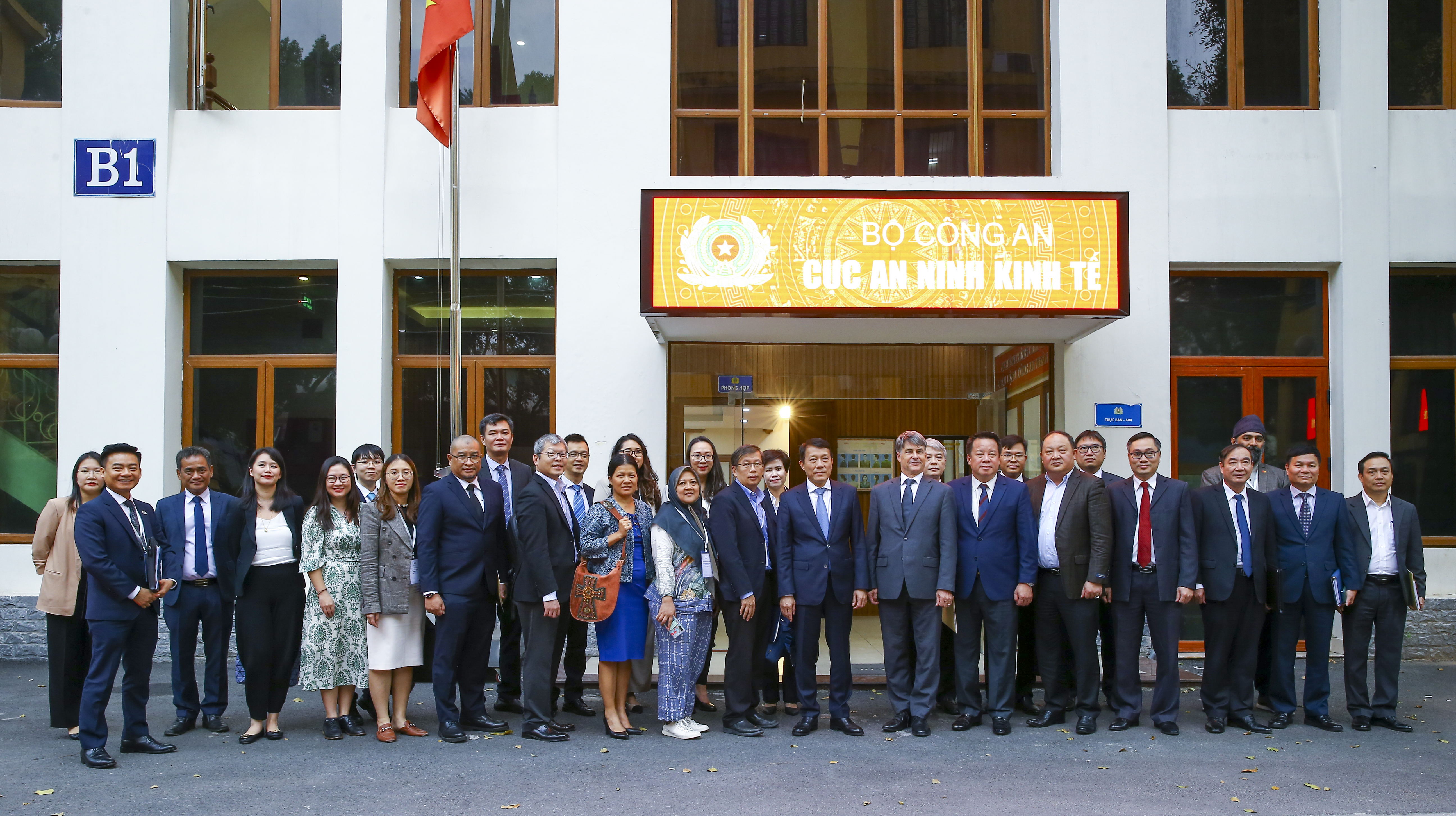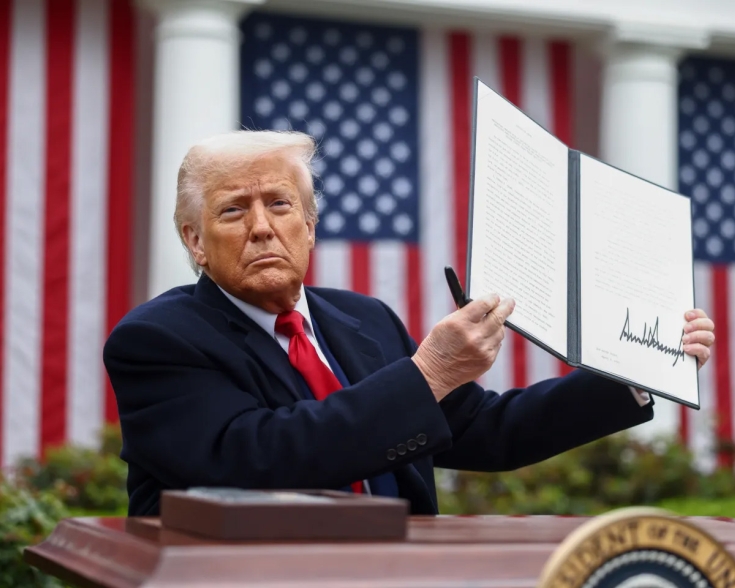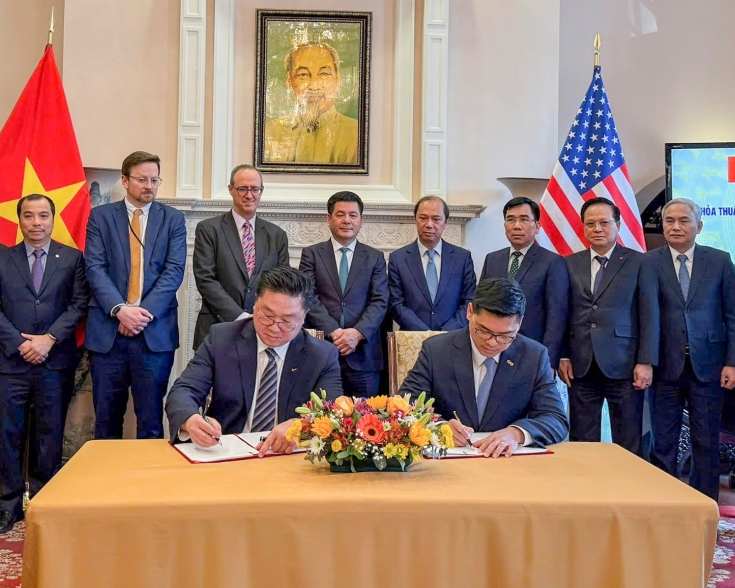Section 232 aluminum and steel tariffs potential impact and adjustments in Southeast Asia
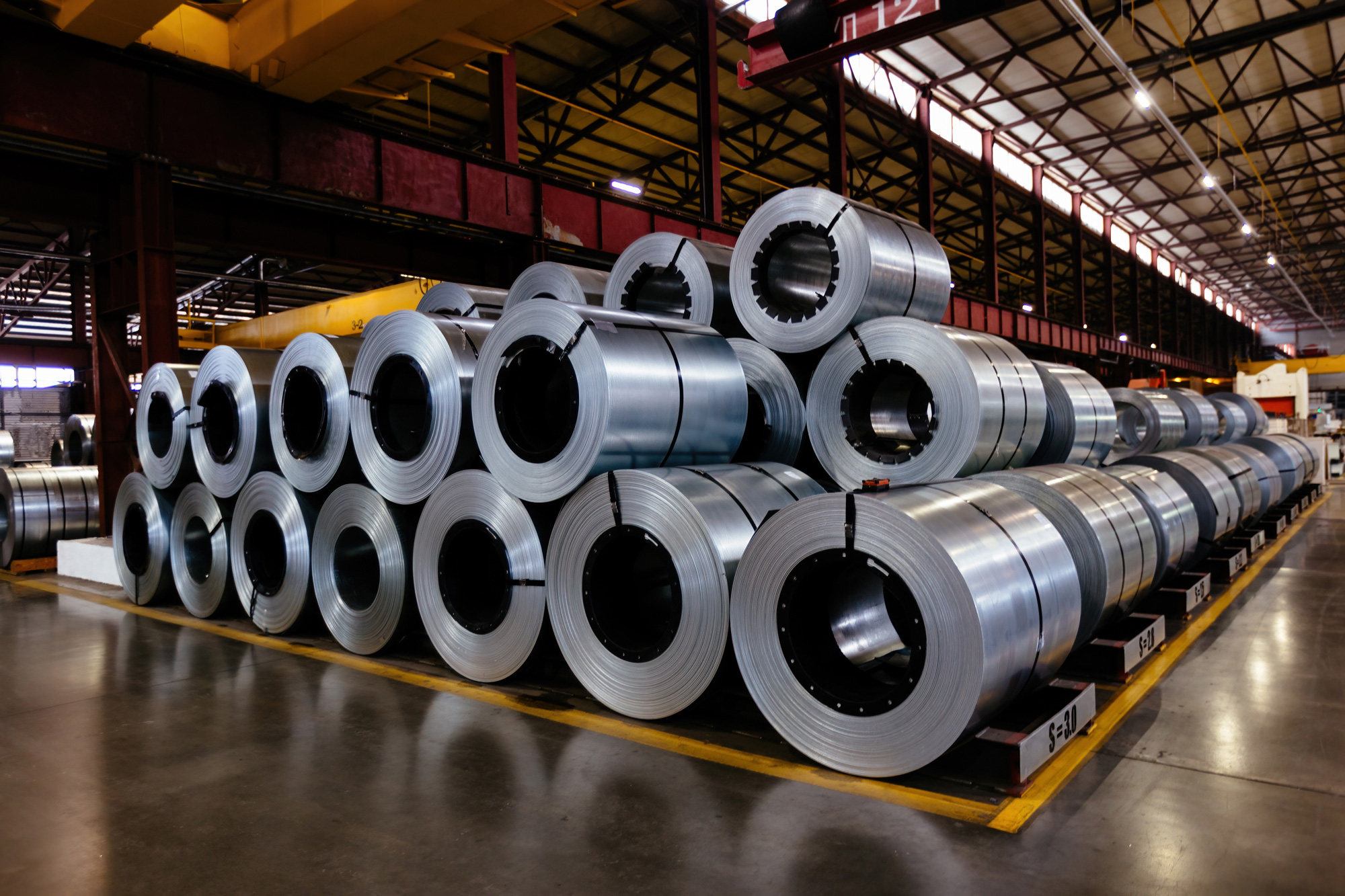
On March 12, the United States Section 232 steel tariffs returned to 25% and aluminum tariffs increased from 10% to 25% ad valorem for all countries, except for 200% duty rate for primary aluminum smelted or cast in Russia and derivative aluminum products imported from Russia. As a result, China will face a total of 45% aluminum and steel tariffs as 25% is tacked to the 20% U.S. tariffs on all Chinese products. In his February 10 Proclamations to protect U.S. domestic steel and aluminum industry, President Trump also terminated existing country exemptions, removed the product exclusion process, and authorized the Secretary of Commerce to expand the tariff product coverage to more downstream products. Some discussions in Thailand frame the move as a political benefit to states like Pennsylvania which has a large iron ore smelting plant. But the prices of cars, construction materials, machinery, electronics, appliances, and household durable goods will likely increase.
The impact of Section 232 tariffs on Southeast Asia may be product and industry-specific depending on how fast companies reduce their reliance on the United States as an export market and how much governments support domestic consumption of aluminum and steel products. The United States imports about half of its aluminum mainly from Canada, UAE, China, Russia, and Bahrain. Southeast Asia is not a significant player in exporting aluminum to the United States but sees opportunities. Southeast Asia regional industry leader Press Metal sees opportunity in aluminum because the U.S. remains a net importer of aluminum and will rely on external sources to meet the supply gap. However, it is a different situation for steel. The United States produces most of its steel, importing only about a quarter for its needs. Canada, Mexico, and Brazil supply most of U.S. steel imports. Vietnam is the only ASEAN country that is a significant steel exporter to the United States and ranked as 5th supplier from March 2024 to January 2025.
Local experts say Vietnamese companies have alternative markets to compensate for losses possibly exporting more to ASEAN and the EU, their top 2 markets. However, concerns have been expressed over diversion of Chinese steel and aluminum exports, similar to when aluminum foil imports surged in Indonesia. Malaysia’s local steel industrydoes not foresee any direct impact since it does not export heavily to the United States, but local companies caution against steel dumping from China and Vietnam. Local Vietnamese companies also recommend investing in competitiveness and warn against more severe impact on Vietnam’s aluminum industry, which is exploring options with the Vietnam Trade Remedies Authority. Companies and governments in Southeast Asia likely await April reports before making any pricing and policy adjustments.
Major steel and aluminum exporters Australia, Brazil, Japan, Mexico, and the United Kingdom have chosen not to react thus far, possibly preparing for the next round of tariffs on April 2nd, “Liberation Day in America” for trade. However, Canada and the European Union have announced retaliatory tariffs to try and bring the United States to the negotiating table. In addition to March 4 tariffs on C$30 billion (roughly $20 billion) worth of U.S. goods, Canada imposed 25% tariffs on computers, sports equipment, and cast iron productsimported from the United States effective March 13. However, the threatened doubling of U.S. tariffs on Canadian aluminum and steel imports did not materialize after Ontario agreed to suspend its retaliatory 25% electricity surcharge on New York, Minnesota, and Michigan ahead of a March 13 meeting to discuss a renewed United States-Mexico-Canada Agreement (USMCA).
The EU also announced counter-tariffs targeting U.S. aluminum and steel products as well as products in Republican-held States like beef and poultry from Kansas and Nebraska and wood products from Alabama and Georgia. Soybeans, pork, cheese, peanut butter, motorboats, motorcycles, jeans, and bourbon are also included. The implementation of EU tariffs has been deferred until mid-April as the EU seeks to better understand upcoming reciprocal tariffs. EU tariffs would have taken effect in two steps: April 1 reimposition of tariffs from 2018 and 2020 and April 13 additional duties targeting 18 billion euros ($19.6 billion) in U.S. exports to the bloc. Up until now, China’s reaction has been measured and broad in its use of tariffs, export controls, and investigations into U.S. companies. China also revised its request for consultations with the United States at the World Trade Organization to include new U.S. tariffs. A summary of how countries have reacted to U.S. steel and aluminum tariffs (as of March 20) could be found here.



